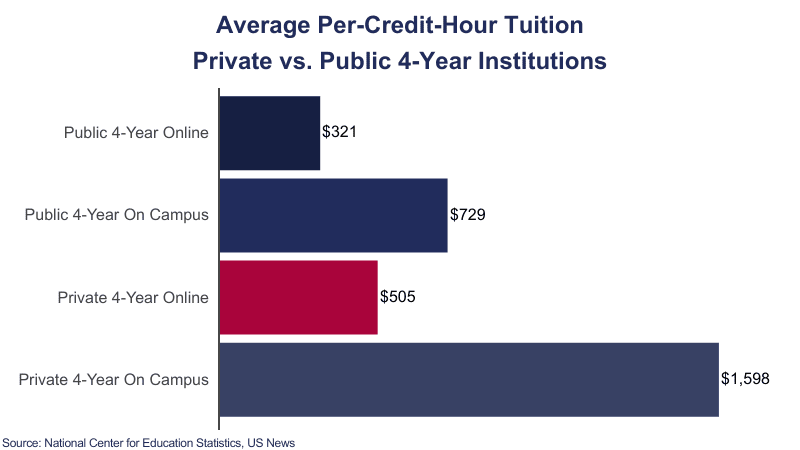In today’s rapidly evolving educational landscape, online schooling has emerged as a viable alternative to traditional brick-and-mortar institutions. Offering flexibility, personalized learning experiences, and accessibility, online schooling has gained popularity among students and parents alike. However, one common question that arises is, “How much does online schooling cost?”
Introduction to Online Schooling
Online schooling, also known as online schooling or virtual schooling, refers to the method of education where students receive instruction and complete coursework remotely through the internet. This mode of learning eliminates the need for physical classrooms, allowing students to access educational materials and interact with teachers online.
Understanding the Costs Associated with Online Schooling
Tuition Fees
The primary cost associated with online schooling is tuition fees. These fees vary depending on the institution, grade level, and curriculum chosen. Some online schools charge a flat fee per course, while others may charge a monthly or yearly subscription fee.
Additional Costs
In addition to tuition fees, online schooling may entail additional costs such as:
- Technology Requirements: Students may need access to a computer, internet connection, and specific software or learning platforms.
- Learning Materials: Some online schools require students to purchase textbooks or other learning materials.
- Extracurricular Activities: Participation in extracurriculars or enrichment programs may incur additional fees.
Factors Affecting the Cost of Online Schooling
Several factors influence the cost of online schooling, including:
Grade Level
Tuition fees often vary depending on the student’s grade level. High school courses, for example, may be more expensive than elementary or middle school courses due to the complexity of the curriculum.
Curriculum Choice
Online schools offer a range of curriculum options, including standard, honors, and Advanced Placement (AP) courses. The cost may vary based on the level of curriculum chosen by the student.
Additional Services
Some online schools provide additional services such as tutoring, counseling, or college placement assistance, which may incur extra charges.
Online Schooling vs. Traditional Schooling: A Cost Comparison
While online schooling offers flexibility and personalised learning, it’s essential to consider the cost implications compared to traditional schooling. In many cases, online schooling may be more cost-effective, especially when factoring in savings on transportation, meals, and other expenses associated with traditional schooling.
Financial Assistance and Scholarships for Online Schooling
Many online schools offer financial assistance or scholarships to eligible students. This support can help offset tuition costs and make online schooling more accessible to a wider range of learners.
Tips for Managing the Cost of Online Schooling
- Research Options: Compare tuition fees and offerings from different online schools to find the best fit for your budget and educational needs.
- Budget Wisely: Create a budget that accounts for tuition fees, technology costs, and any additional expenses associated with online schooling.
- Explore Financial Aid: Investigate financial aid options, scholarships, or tuition assistance programs offered by online schools or external organizations.
- Consider Part-Time Enrollment: Some online schools offer part-time enrollment options, allowing students to take a reduced course load and potentially lower overall costs.
The Impact of Online Schooling on Education Accessibility
Online schooling has the potential to increase access to education for students who may face barriers to attending traditional schools. By providing flexibility and removing geographical constraints, online schooling can accommodate diverse learning needs and circumstances.
Conclusion
Online schooling offers a flexible and accessible alternative to traditional brick-and-mortar institutions. While the cost of online schooling varies depending on several factors, including tuition fees, curriculum choice, and additional services, financial assistance options are available to help make online schooling more affordable for students and families.






